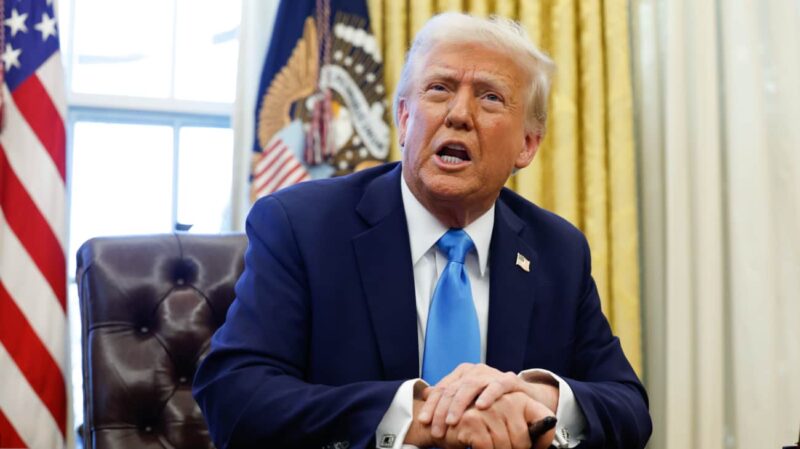The United States is pushing for pressure on Ukraine in the process of ending the war but is simultaneously avoiding publicly increasing pressure on Russia, Axios reports

In diplomatic circles and at the highest levels of U.S. government recently, discussions have been ongoing regarding strategy toward the Russia-Ukraine conflict. The Trump administration, which previously actively promised to facilitate peace quickly and effectively, has now faced the reality of prolonged negotiations. It appears that the U.S. is experiencing strong internal and external pressure aimed at accelerating the diplomatic process for ending the war, while attempts to intensify pressure specifically on Russia remain in the shadows. According to Axios, citing sources within American and European authorities, the current U.S. administration is actively pressuring the Ukrainian government; however, deliberate escalation of sanctions or other measures against Moscow has not been publicly announced at this time. This raises questions about American diplomacy: why Washington is focusing specifically on pressure on Kyiv and why it is avoiding open confrontation with Russia. U.S. officials believe that, to achieve the ultimate goal — ending the war — it is important to stabilize the situation around Ukraine without escalating the conflict into increased strikes against Moscow. Axios reports that President Trump, who at the end of 2020 promised that “within 24 hours” of taking office he would achieve peace in Ukraine, is now disappointed with the diplomatic negotiations. In private conversations, he has begun expressing doubts about the possibility of a quick agreement and even indicated his readiness to retreat from a diplomatic scenario, reducing his involvement in the process. Nearly hinting at stepping away from active efforts to help Ukraine end the war, Trump has shifted focus to other foreign policy directions, leaving questions about future steps open. While the president does not seem to have set specific deadlines, a public statement by U.S. Secretary of State Marco Rubio emphasized the need to “determine within a few days” whether progress can be made in negotiations. He did not specify how the U.S. plans to achieve this but stressed the importance of swift action. European diplomats, who have been in contact with sources, add that higher levels of government are growing increasingly concerned about the lack of quick results, and that perhaps Trump is already considering decreasing or even stopping diplomatic pressure. At the same time, several European diplomats emphasize that these statements may be driven by internal pressure applied to Ukrainian representatives and Kyiv as a whole. According to them, Washington recognizes that time is running out, and prospects for swiftly resolving the conflict are becoming more uncertain. There is a high probability that escalating what is called the “pressure on Ukraine,” in order to revert to tougher negotiations positions, will not automatically lead to increased pressure on Russia. There are also concerns within the Ukrainian government that the possible withdrawal of the U.S. from negotiations could negatively affect military support for Kyiv. Diplomatic reports highlight that during recent meetings in Paris, U.S. representatives tried, at the diplomatic level, to convey that Washington is not currently seeking to intensify pressure on Moscow but is instead focused on finding compromises and arrangements involving other international players. Experts note that during the Paris talks on April 17, the Ukrainian delegation agreed with Trump’s proposals for a 30-day ceasefire. At the same time, Russia, which is actively claiming successes on the battlefield, sets out a number of its own conditions for any potential peace. This suggests that even if U.S. diplomatic efforts weaken, the Kremlin is unlikely to take these signals seriously and will continue to insist on its positions. It is important to note that the official measures and diplomatic meetings of the past week aimed not only at seeking a quick resolution but also at countering instability. The geopolitical context and U.S. domestic politics currently overshadow the desire to rapidly end the war, while leaving open questions about future steps from Washington. It is possible that a scenario of withdrawing from active diplomacy and reducing diplomatic pressure may become one of the main options for development in the coming weeks.

